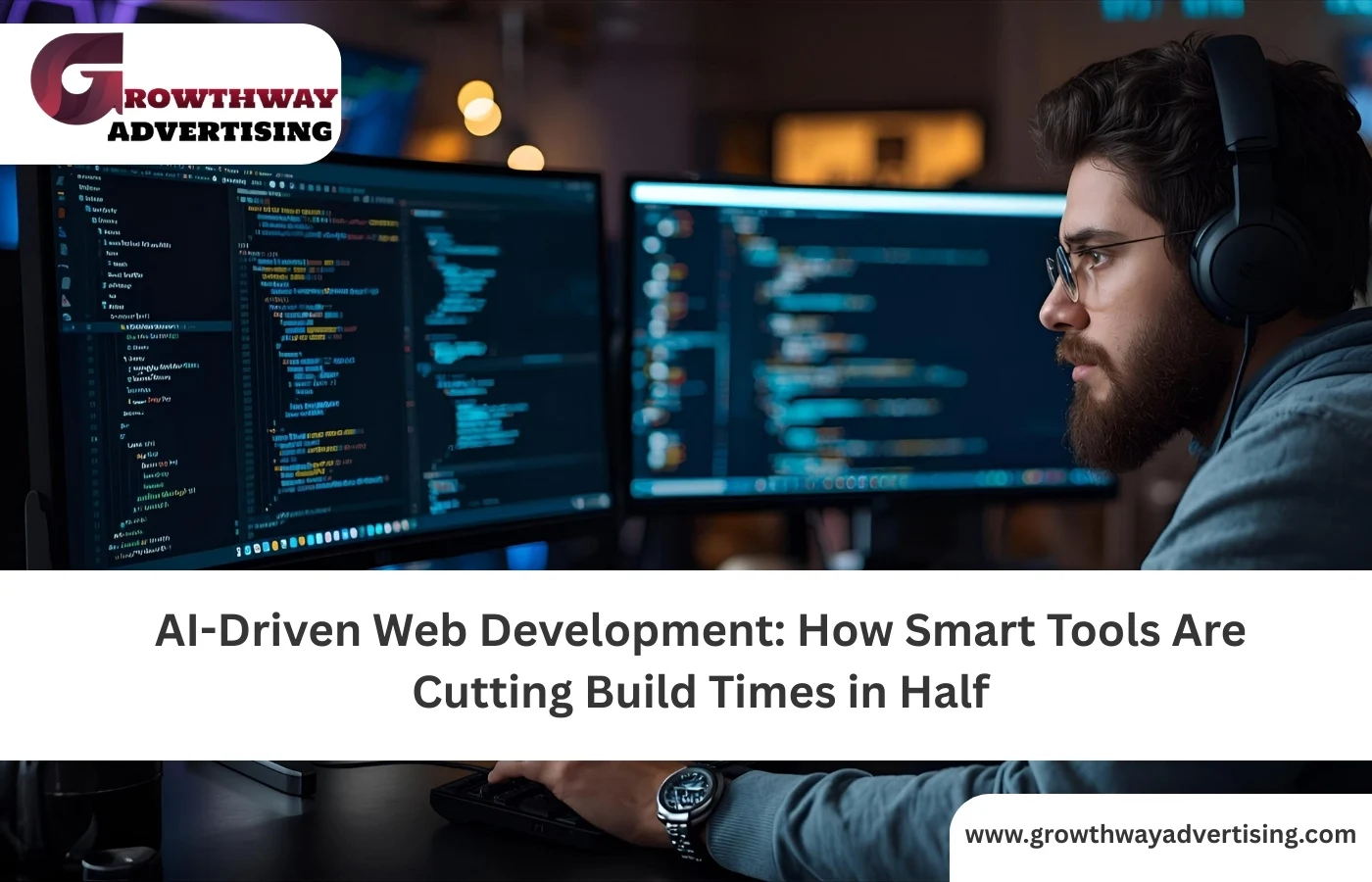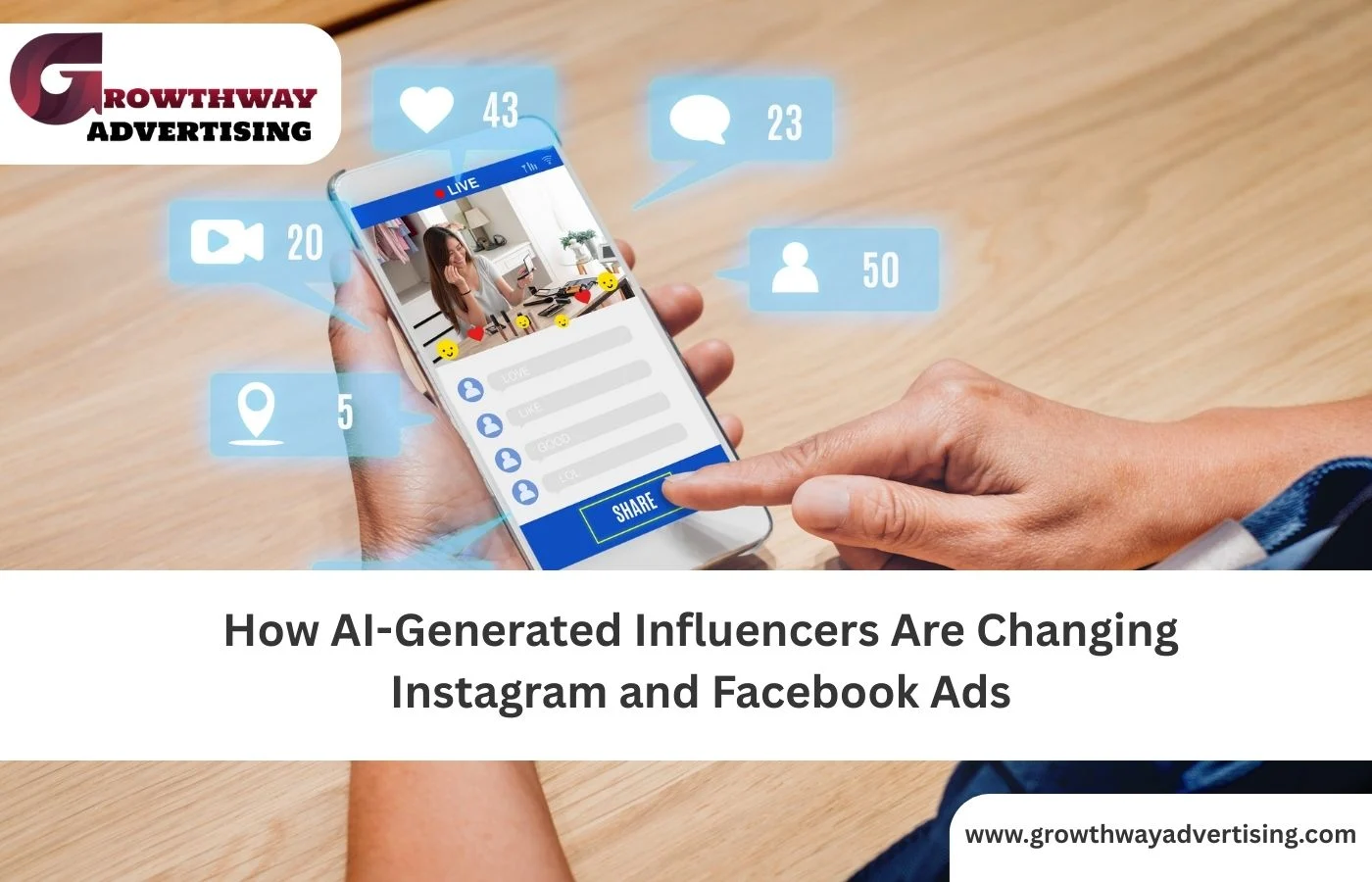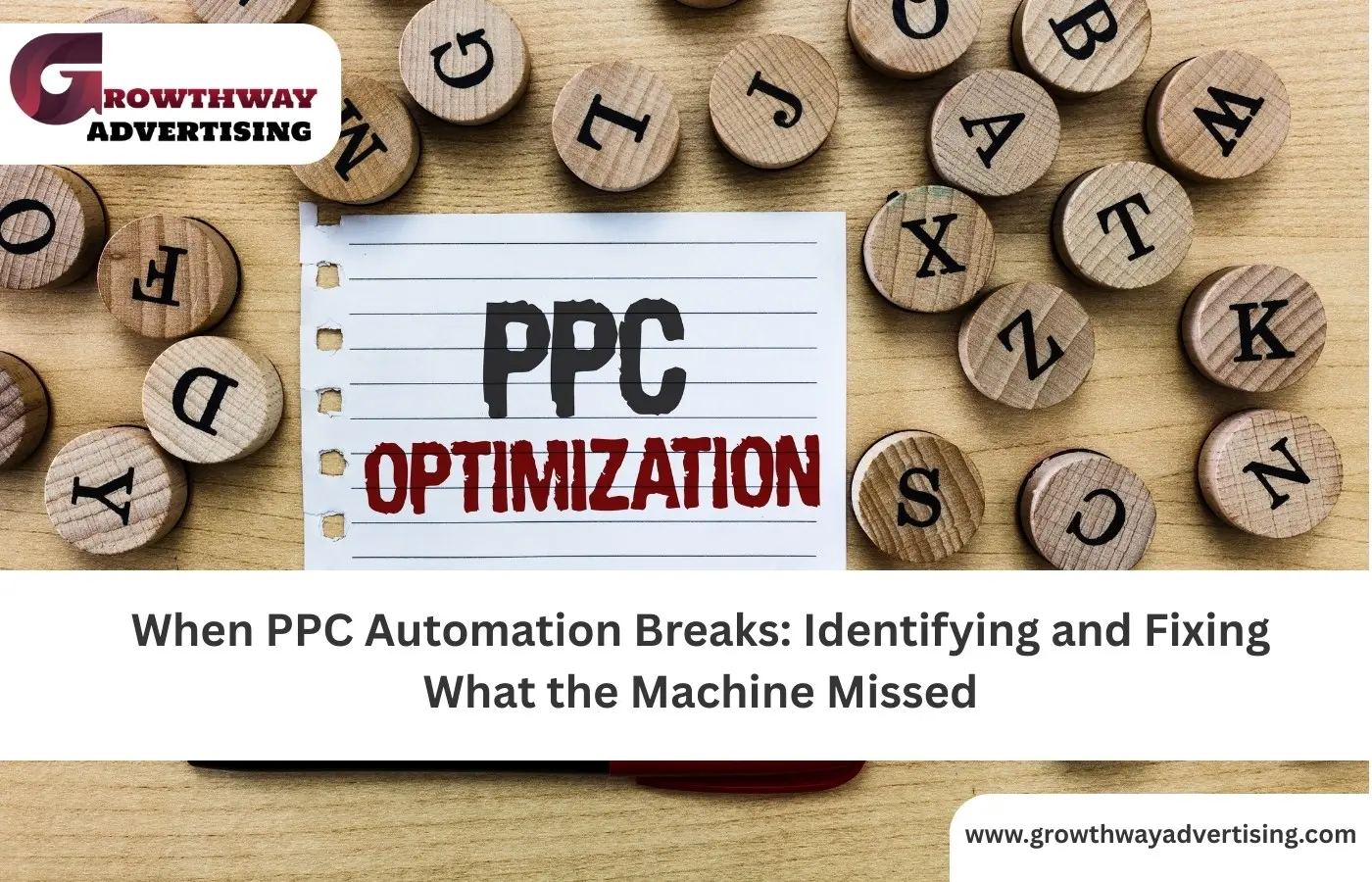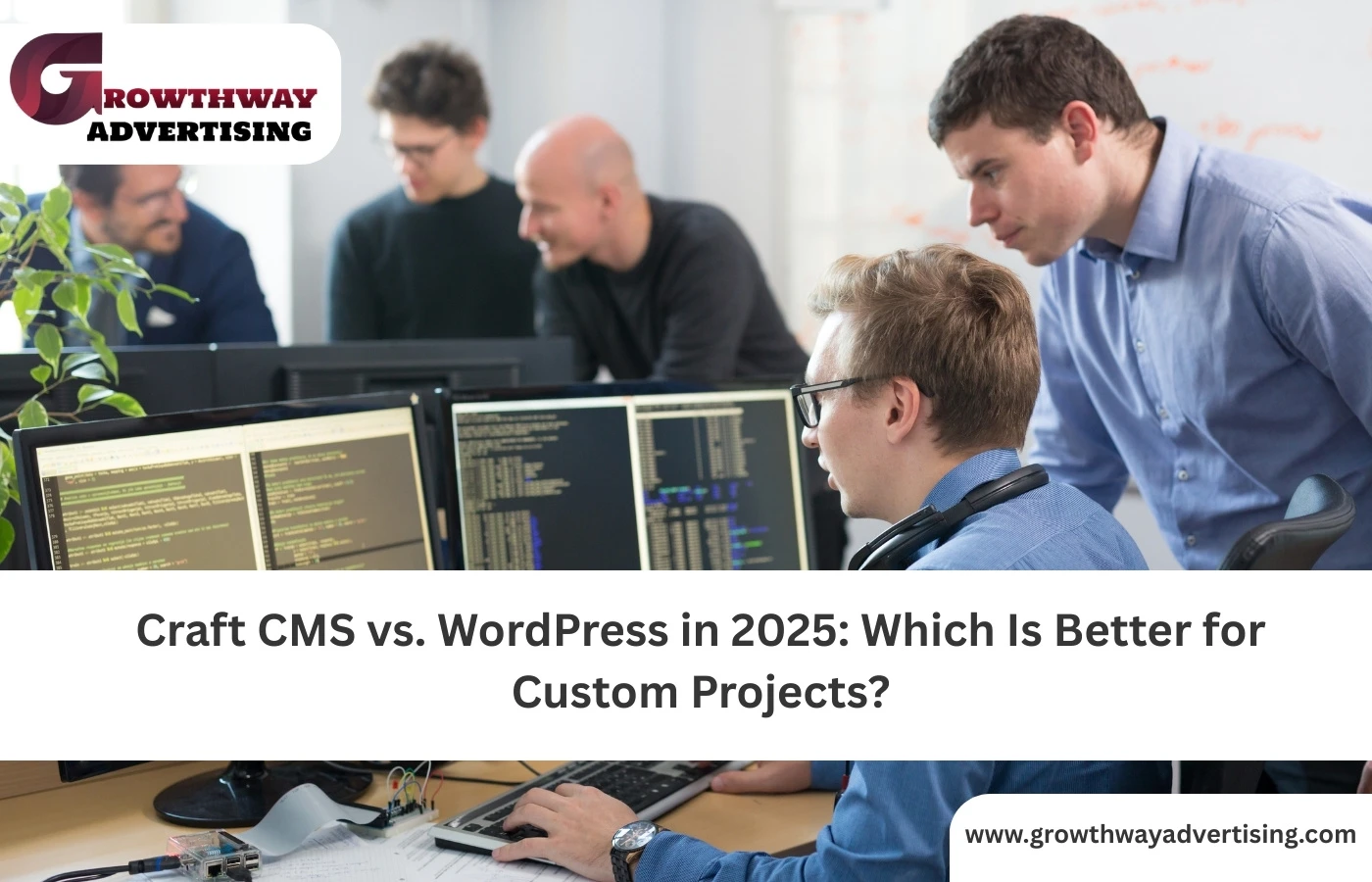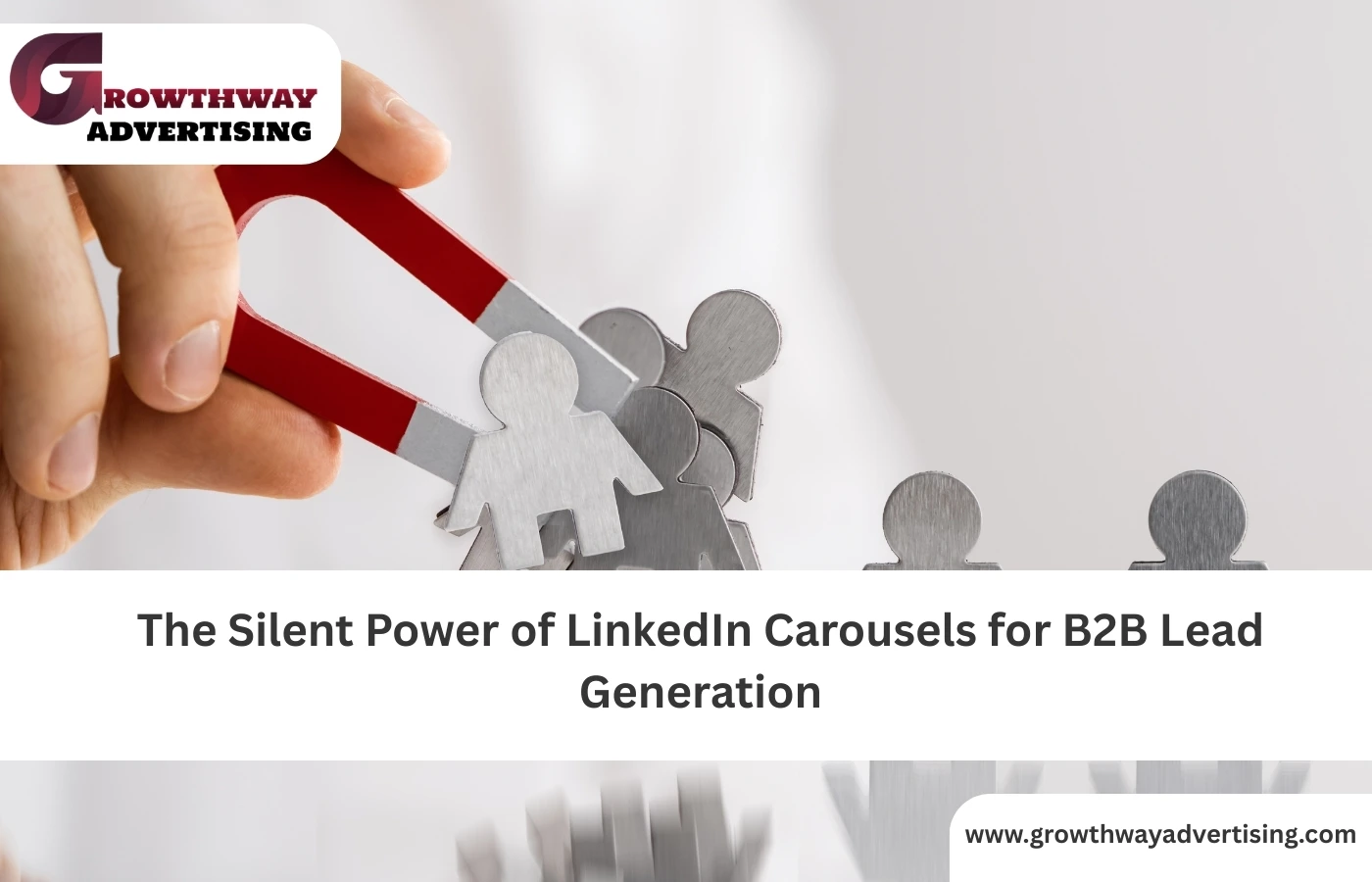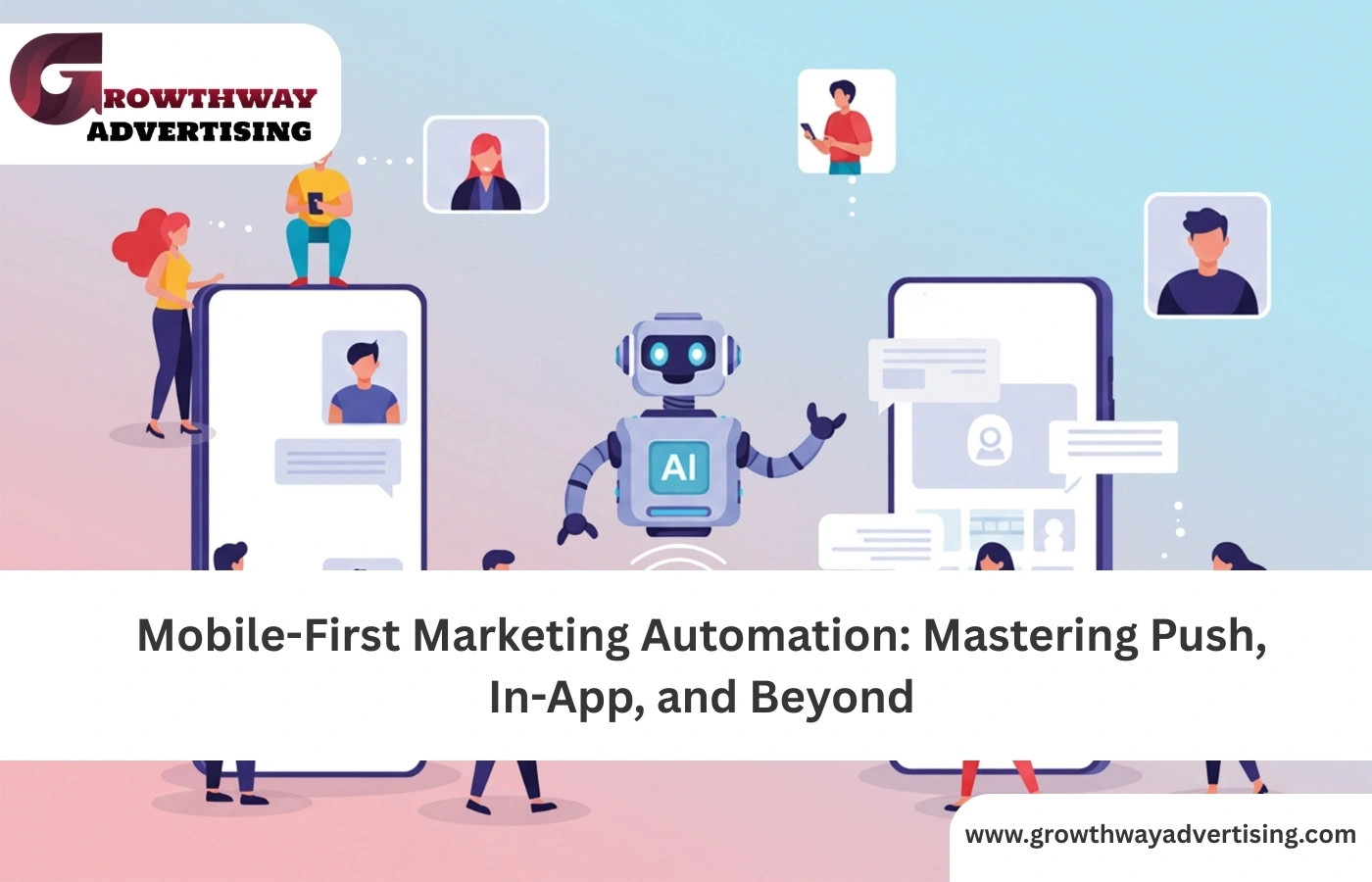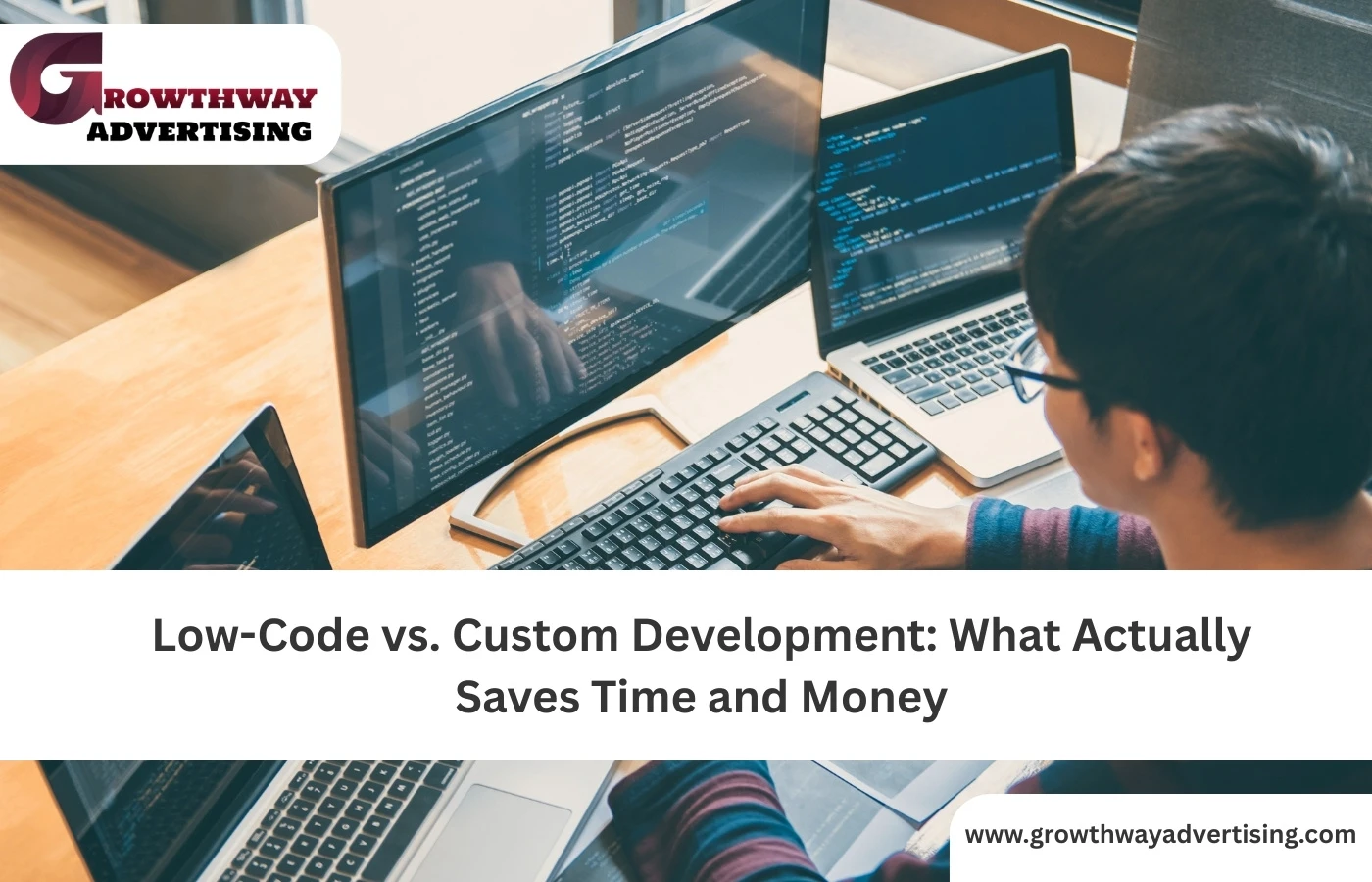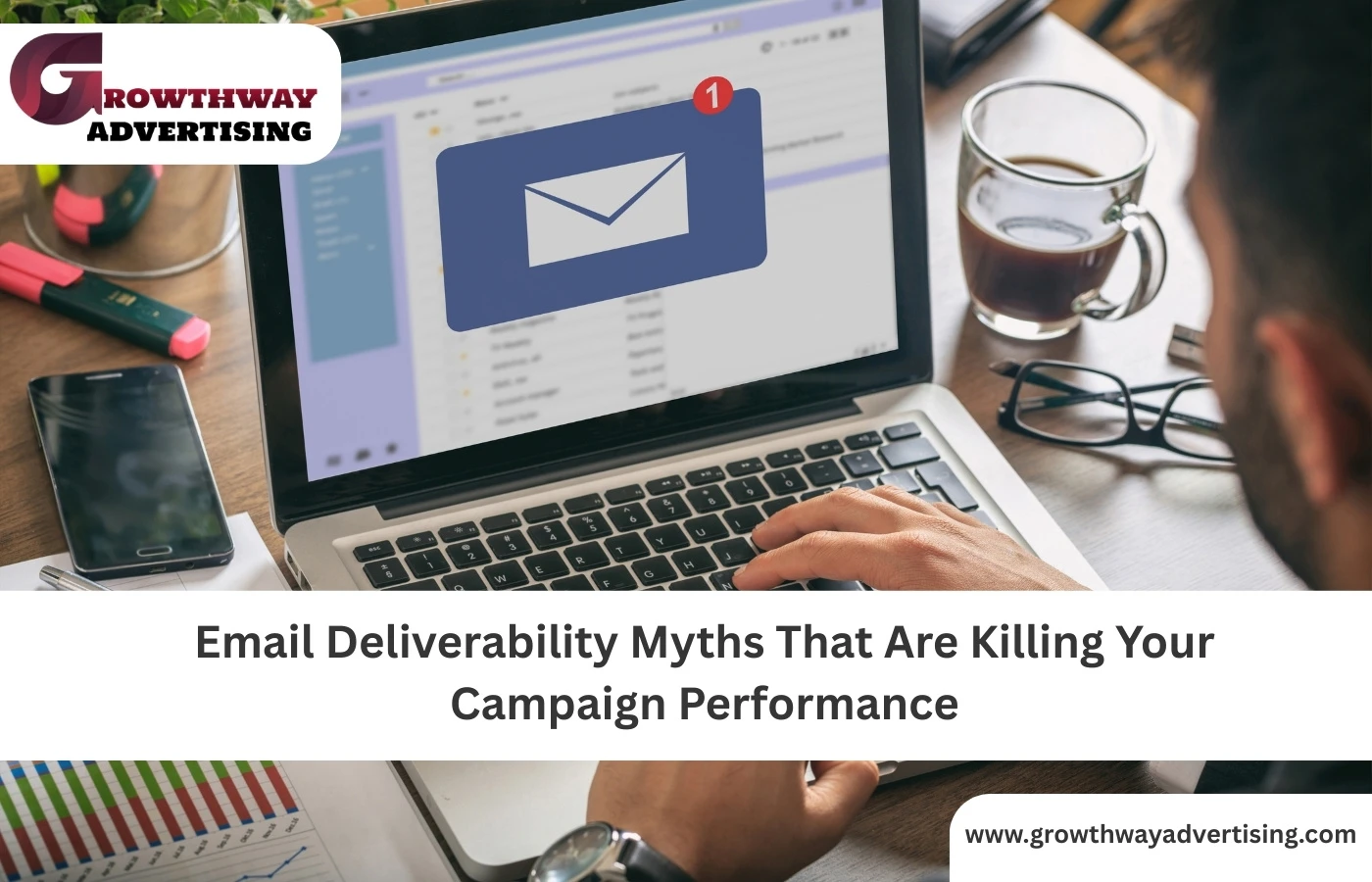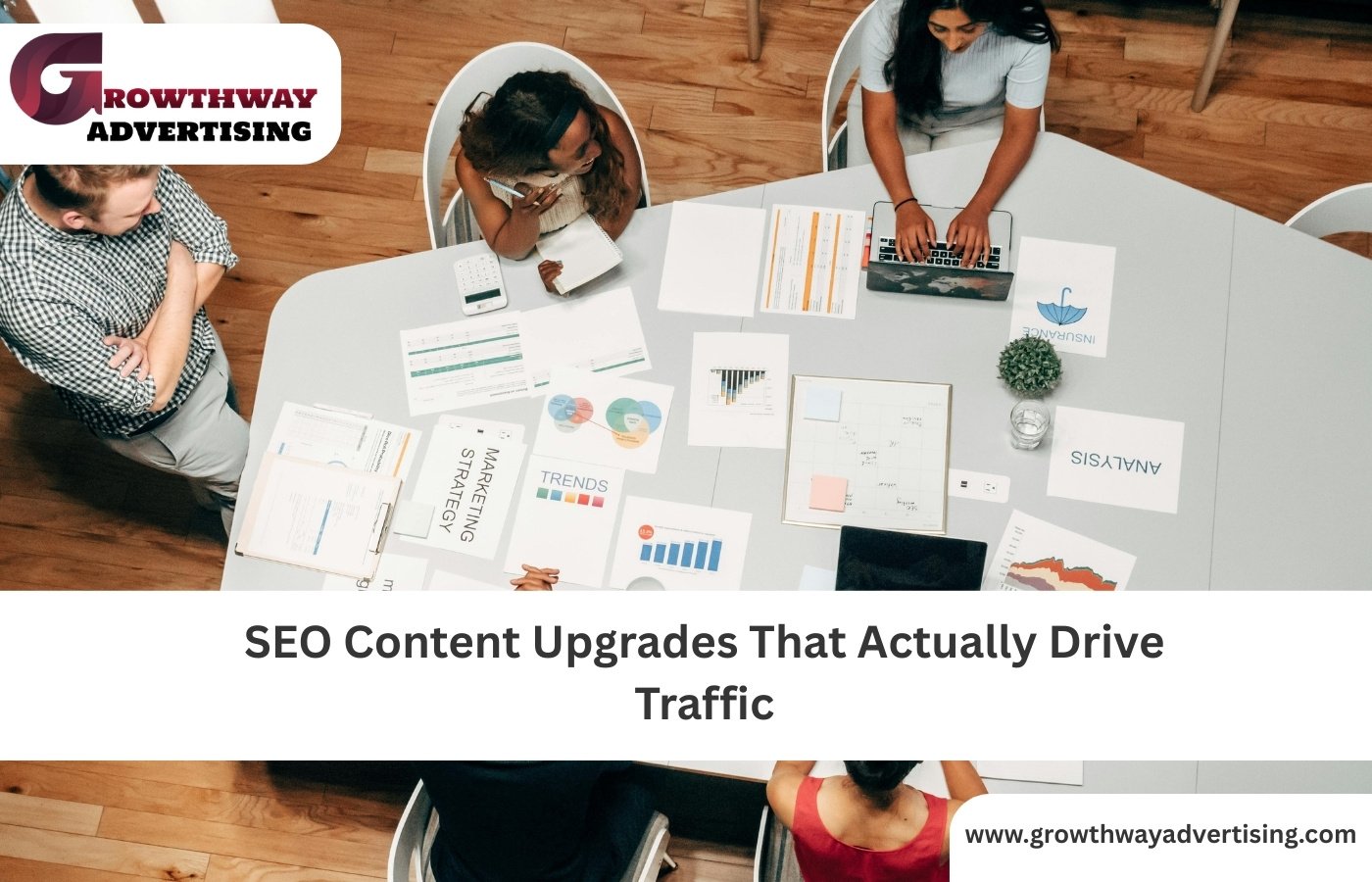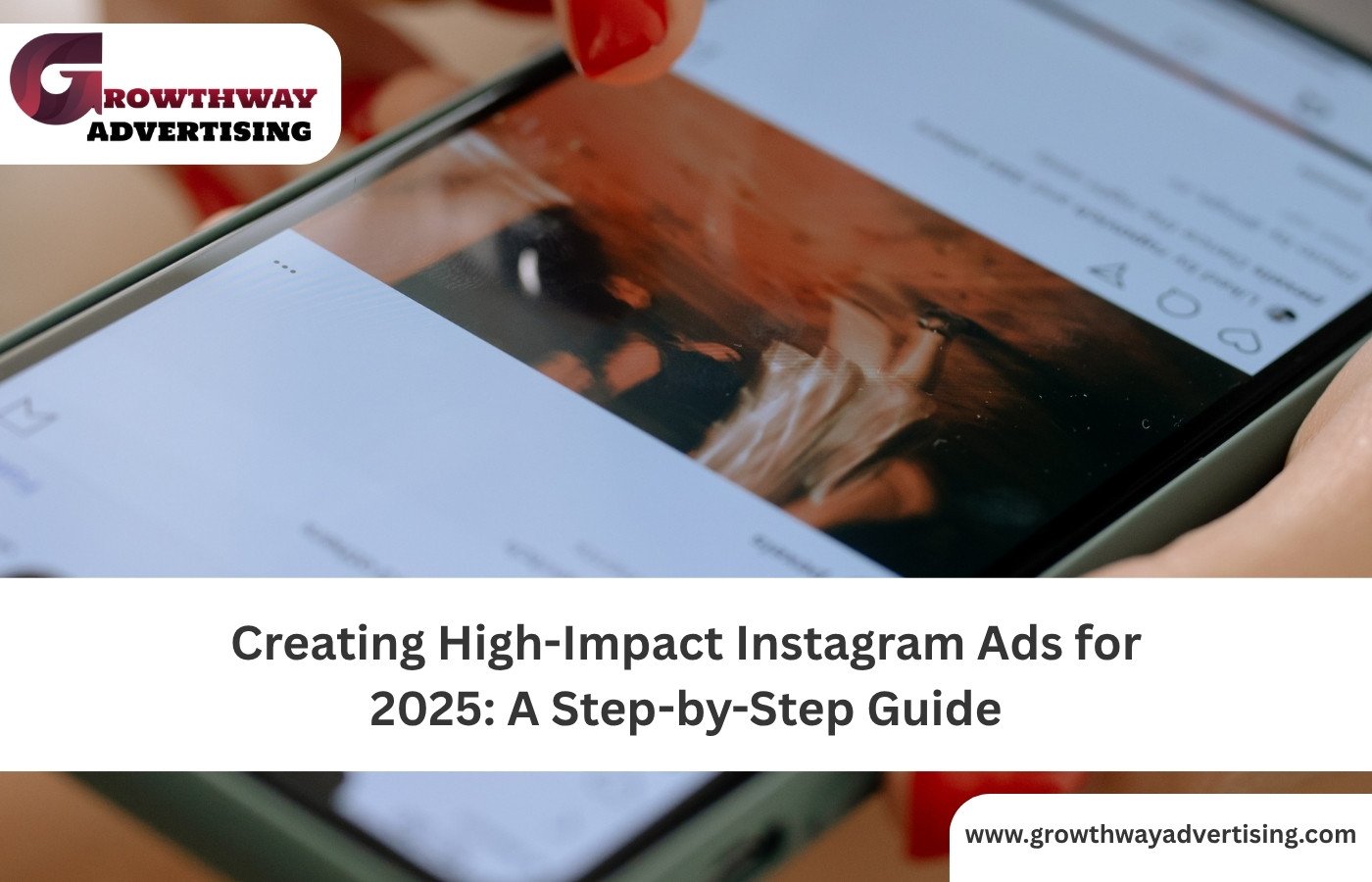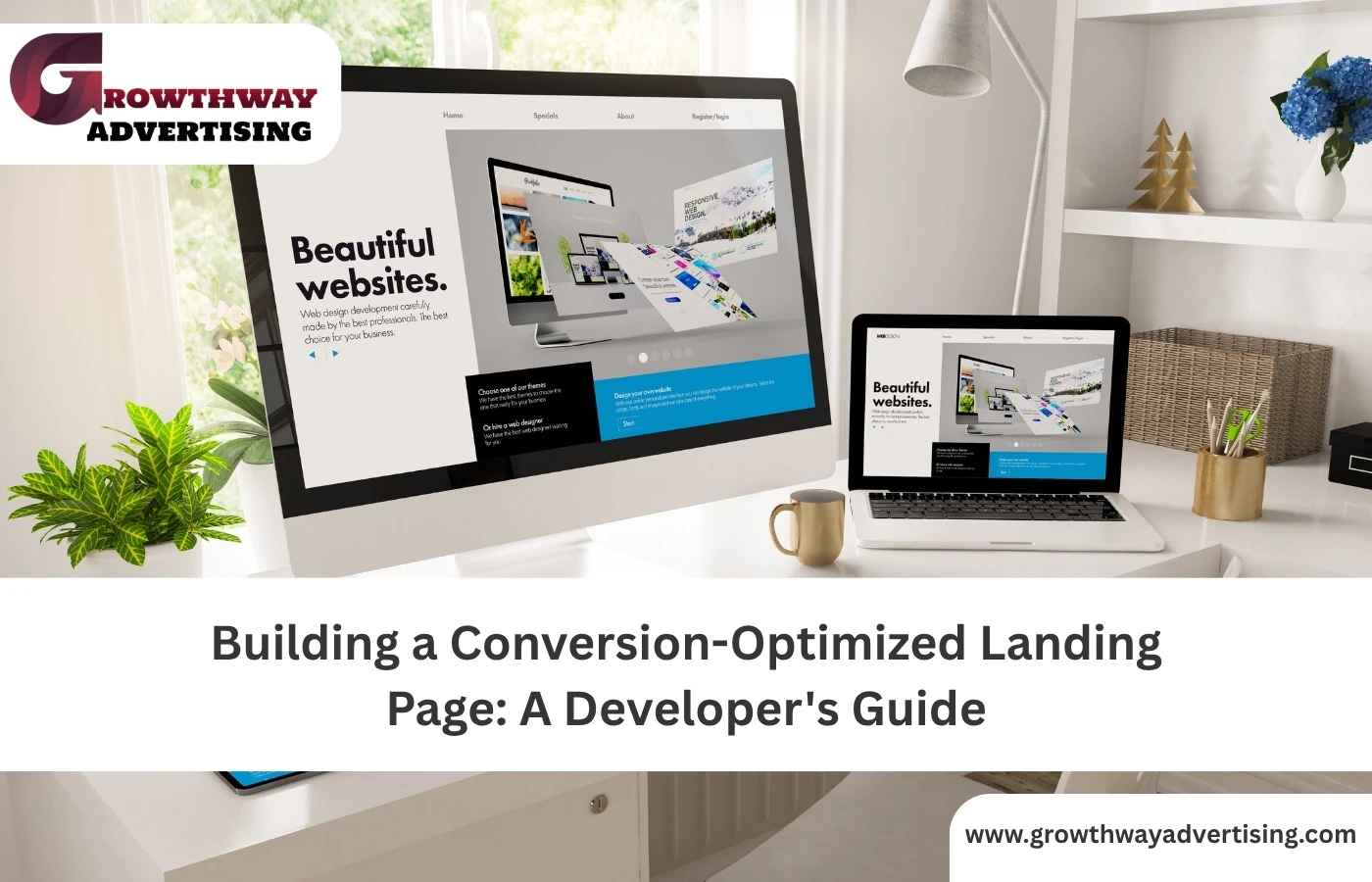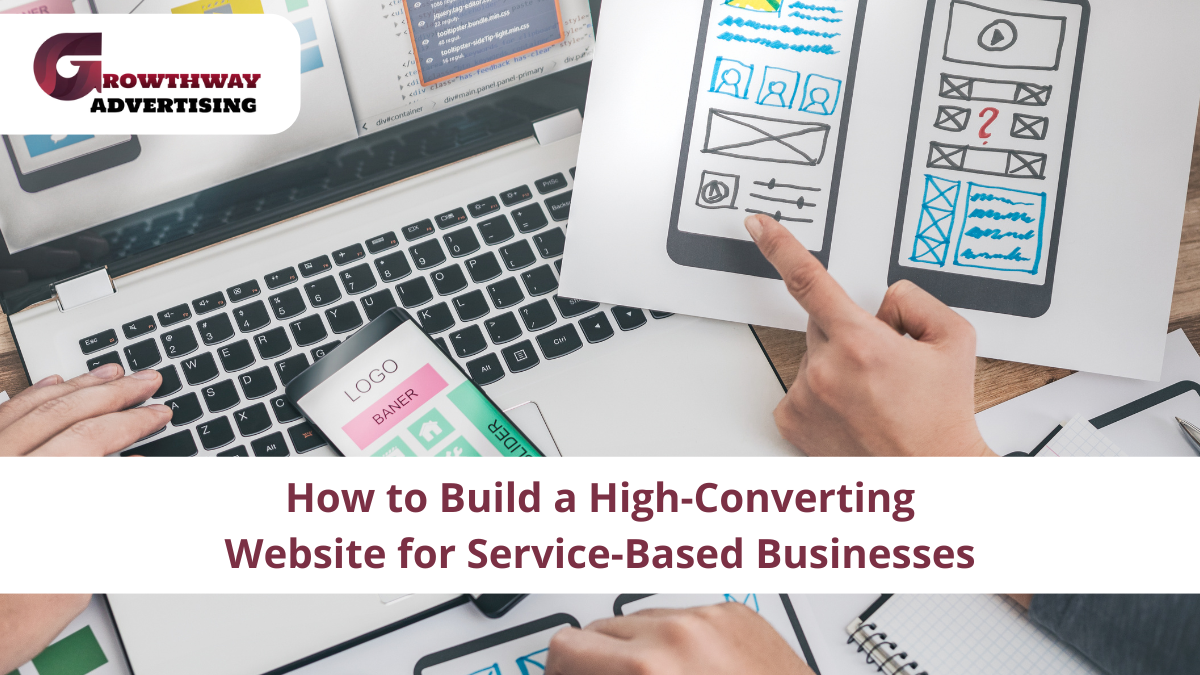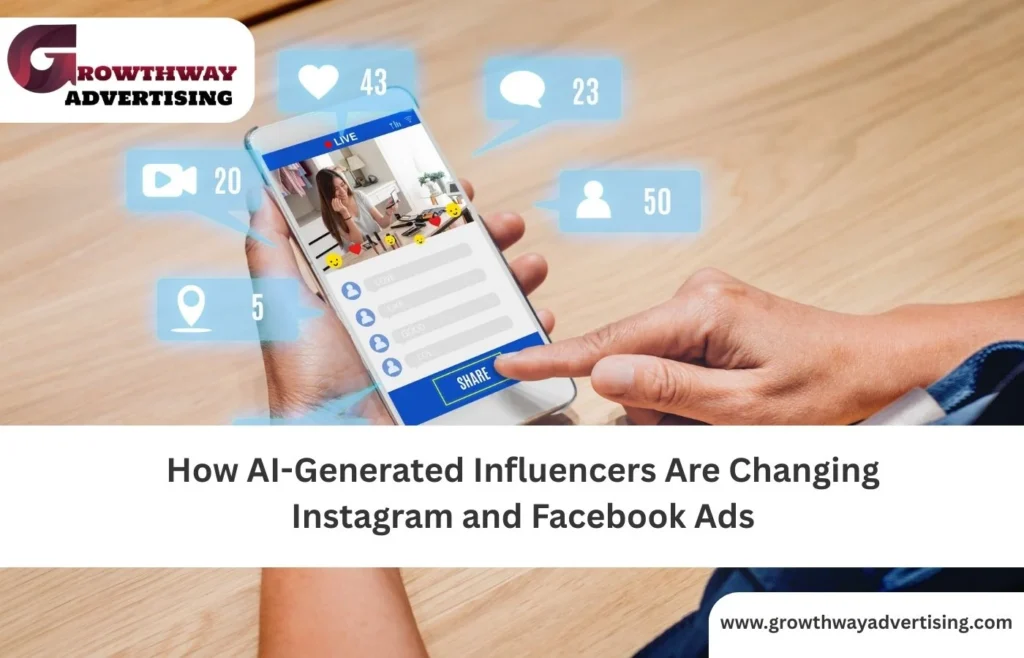Google is no longer testing the speed of a site’s loading, but how individuals experience the site. That is the essence of core web vitals, and by 2025, no one will be able to ignore them in terms of search visibility. If your site slows down, lags, or responds slowly to clicks, your rankings will be affected. When it is smooth, responsive, and fast, Google rewards you.
The problem is that core web vitals are frequently discussed, and companies are not familiar with the development-side improvements that will shift the needle. Let’s break down not just the basics but also the overlooked areas things that go beyond image compression and caching that can skyrocket Google rankings.
The Three Core Web Vitals That Matter in 2025
Before talking about fixes, here’s a refresher:
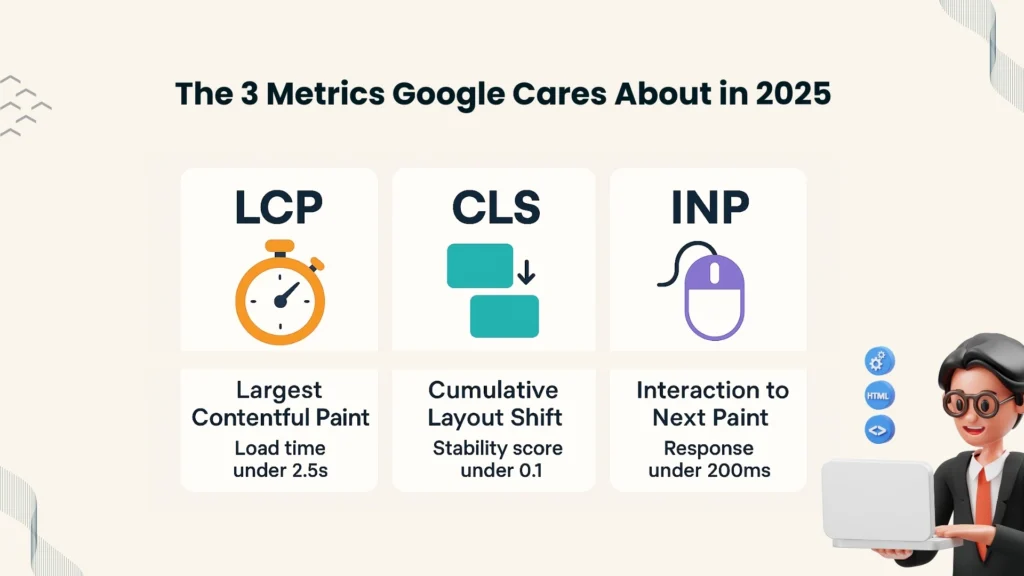
- Largest Contentful Paint (LCP): The time it takes for the main content (such as a hero image or text block) to load.
- Cumulative Layout Shift (CLS): Measures how stable your page is; do elements shift around while loading?
- Interaction to Next Paint (INP): Replaced FID in 2024. It measures responsiveness when users click, tap, or type.
These aren’t just technical details. They’re user experience metrics that directly impact conversions.
Why Development Tweaks Matter More Than Ever
Numerous guides propose superficial optimization, such as image compression or lazy loading. Those are assistive; however, by 2025, Google’s algorithms will require more profound fixes, implying more than just a simple installation of the plugs. It is at this point that a professional website development firm or web development agency is engaged. It is not only about building sites but also about ensuring they are measurable, scalable, and within performance thresholds.
Loading Speed and Mobile-First Indexing
The most apparent thing to users is the speed of loading. Through mobile-first indexing, Google is assessing your site (not the desktop version), but mostly the mobile version. Even if your desktop site is perceived as speedy, a bloated mobile site can negatively impact your ranking.
Practical development tweaks include:
- Optimizing CSS and JS delivery: Inline critical CSS, defer non-essential scripts, and split JavaScript bundles.
- Using responsive images: Serve different sizes depending on the device, avoiding oversized media on mobile.
- Preloading essential assets, such as fonts, hero images, and above-the-fold CSS, can help cut milliseconds.
This is even more critical when working with modern frameworks such as React, Vue, or Next.js. The wrong configuration can frequently result in bulky bundles that damage the optimization of the website speed. The development teams should pay attention to code-splitting, tree-shaking, and hydration techniques to maintain lean load times.
Real User Monitoring: The Overlooked Metric Booster
Lab tests using Lighthouse or PageSpeed Insights are part of the story, but they do not reflect the experience of your real visitors. That is the reason why Real User Monitoring (RUM) is essential in 2025.
RUM tools fetch field data directly from users, gauging the real-world performance of devices, browsers, and networks. You could record ideal laboratory results, but discover that real users in less-developed countries on mid-range phones have problems.
Development teams can integrate RUM scripts to track live user experience metrics like:
- Interaction delays during heavy traffic
- Layout shifts under ad scripts or third-party embeds
- Performance dips in low-bandwidth regions
The information enables a web development services provider to make region-specific or device-specific optimizations.
Page Audits Beyond the Basics
It is no longer possible to perform a one-time audit. Ongoing page audits can be used to identify regressions following content changes, changes to a specific plugin, or upgrades in a framework.
Key areas a full audit should cover in 2025:
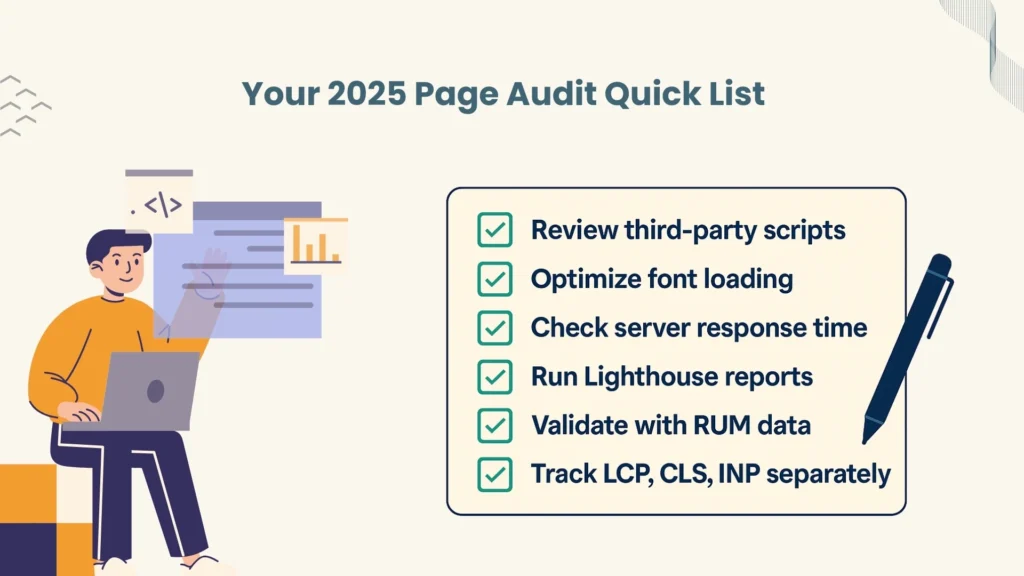
- Third-party scripts, such as social widgets, chatbots, and analytics, can all slow down responsiveness.
- Font loading: Custom fonts can block rendering. Use font-display: swap and preload critical fonts.
- Server response times: Even with frontend tweaks, a slow backend or hosting service can significantly impact performance.
Combining automated audits with RUM is a sure way to not only hit the metrics in the perfect scenario but also in practice.
Content Delivery Network: The Speed Multiplier
When your site runs without a Content Delivery Network (CDN), it’s like you have weights tied to your feet. A CDN stores resources such as images, CSS, and JS on international servers to ensure that they are delivered as near to the user as possible.
But in 2025, CDNs aren’t just about static assets. Many now offer:
- Edge computing: Processing requests at the network edge for reduced latency.
- Intelligent routing: Automatically detecting congested routes and choosing faster ones.
- Image optimization on the fly: Serving WebP or AVIF formats depending on browser support.
Pairing a CDN with website development services that understand edge configurations gives you both speed and resilience.
Framework and Architecture-Level Fixes
It is in this area that most businesses miss out on big wins. When you are creating or renovating a site, architecture itself determines your performance envelope.
- Static site generation (SSG): Frameworks like Next.js or Gatsby can pre-render pages into static files, giving near-instant LCP.
- Server-side rendering (SSR): Reduces time-to-first-byte and gives users meaningful content faster.
- Islands architecture: Instead of shipping heavy JavaScript for the entire page, render only the parts that need interaction.
These aren’t minor tweaks. They are the choices made at the web development agency level as part of a planning project. With a properly designed architecture, good Core Web Vitals scores may be easier to sustain in the long run.
Mobile UX and Interaction to Next Paint (INP)
Since INP has become the primary measure of responsiveness, sites must not only consider whether they load quickly but also whether they interact smoothly.
Development-focused fixes:
- Optimize input responsiveness: Minimize main-thread blocking by breaking long tasks into smaller chunks.
- Use lightweight UI libraries: Heavy UI frameworks can drag down responsiveness.
- Prefetch navigation paths: Predict where a user might click and load assets before they do.
These solutions significantly minimize the delay in interaction, which at Google is measured under INP.
Industry-Specific Performance Tweaks
A weakness in most discussions is the way various industries are known to have different CWV problems. For example:
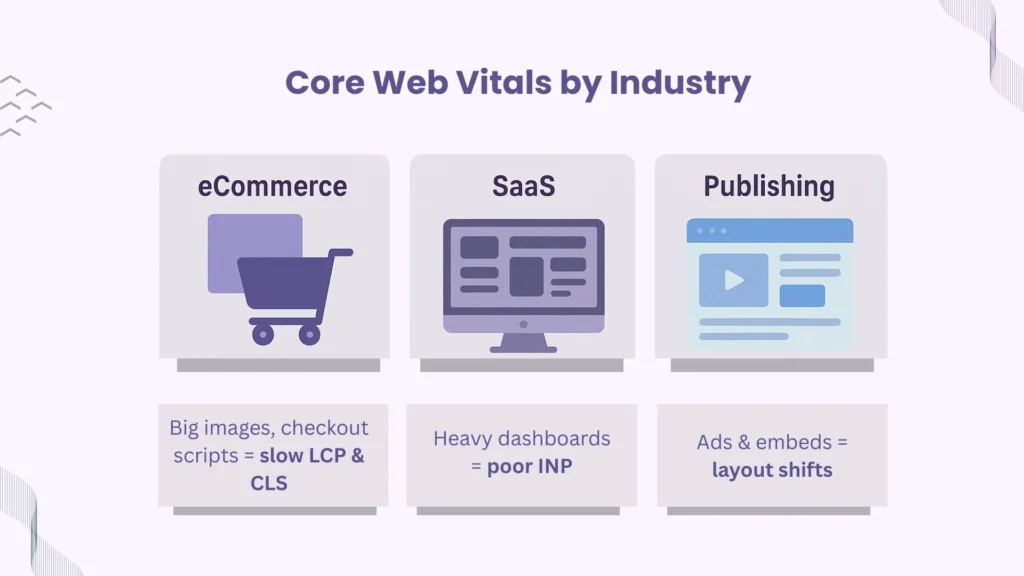
- eCommerce: Product image galleries and checkout scripts can slow down the overall process. Optimizing for CLS in cart flows can directly cut abandonment.
- SaaS dashboards: Heavy JavaScript-driven features require clever use of web workers and async loading.
- Publishing sites: Ad scripts and third-party embeds need strict sandboxing to avoid layout shifts.
A web development firm that understands these differences in the vertical can personalize strategies, avoiding cookie-cutter solutions.
Competitor Benchmarking with Core Web Vitals
The other angle that was not considered: competitor benchmarking. The Chrome User Experience Report (CrUX) of Google is open data. That is to say that you can benchmark your CWV scores against those of your industry rivals.
This lets you answer:
- Are you faster on mobile than your competitors?
- Does their checkout respond quicker?
- Do they have fewer layout shifts in their content pages?
When you combine page audits and Real User Monitoring data with competitive benchmarking, you don’t simply optimize; you outperform.
The Competitive Edge: End-to-End Content, Speed, UX.
The synthesis of the foregoing website speed optimization tips, technical accessibility, and quality content will provide a synergy effect- producing a website that is not only passing the Google tests, but also thriving in reality. In 2025, web development agency professionals who combine creativity and engineering accuracy, rather than just following the checklist, will drive successful businesses.
In the context of any business, Core Web Vitals are the key to gaining new visibility in Google and increasing customer loyalty. Whether it is from the teams at website development companies who will create pixel-perfect layouts, or the data-driven web development services that are rewriting the scripts to give the effect of instant interaction, the victors are those who consider every millisecond and every user as critically important.
Ready to skyrocket your rankings? Focus on what matters this year: technical mastery, bulletproof accessibility, content that resonates, and the continuous evolution of your web property, all measured and proven by real users.
FAQ’s
Google uses core web vitals as ranking signals because they reflect how users actually experience your site. A slow, unstable site frustrates visitors, which often leads to lower engagement and worse SEO performance.
INP replaced FID in 2024. While FID only measured the first interaction delay, INP looks at the entire browsing session to check how responsive a site feels. Improving INP is a major factor in website speed optimization.
With mobile-first indexing, Google primarily judges your site based on the mobile version. If your mobile site is heavy or loads slowly, it can harm rankings even if the desktop version is optimized.
Frameworks like Next.js, Gatsby, and SvelteKit can help when used properly. They support static site generation, server-side rendering, and code-splitting all of which improve website development services aimed at performance.
A Content Delivery Network doesn’t directly increase rankings, but it speeds up asset delivery, reduces latency, and improves user experience metrics. Since faster sites perform better on Core Web Vitals, rankings usually improve as a result.
Regular page audits uncover bottlenecks like slow third-party scripts, unoptimized fonts, or server issues. Pairing audits with Real User Monitoring ensures both lab and real-world performance are improving.






